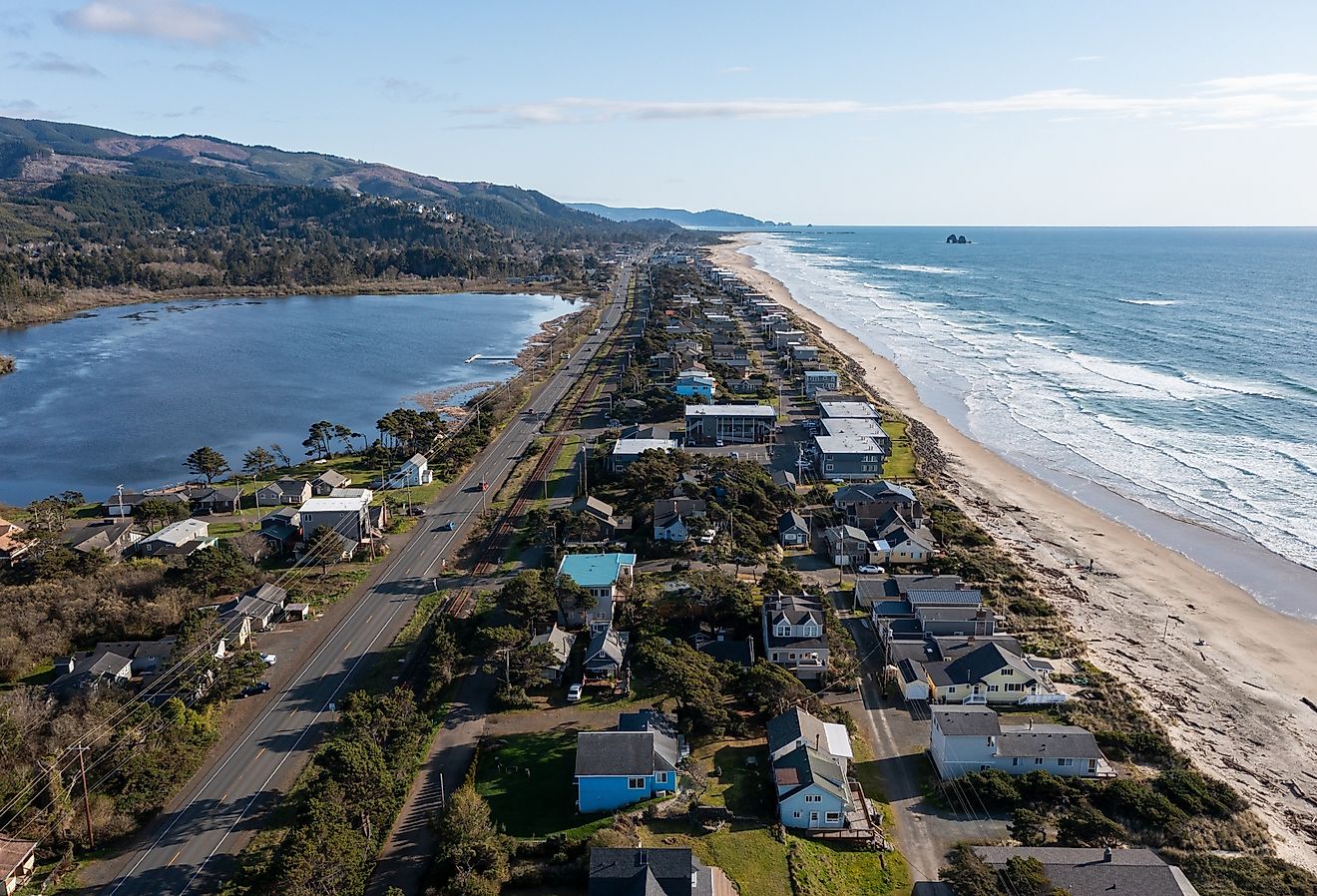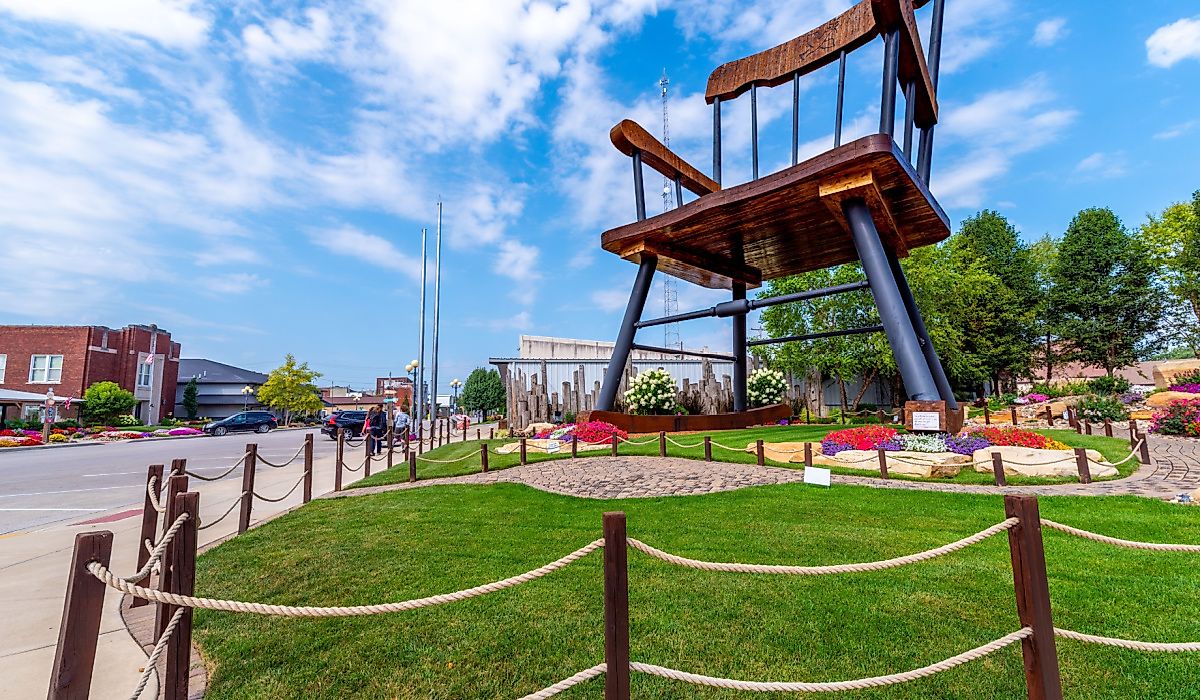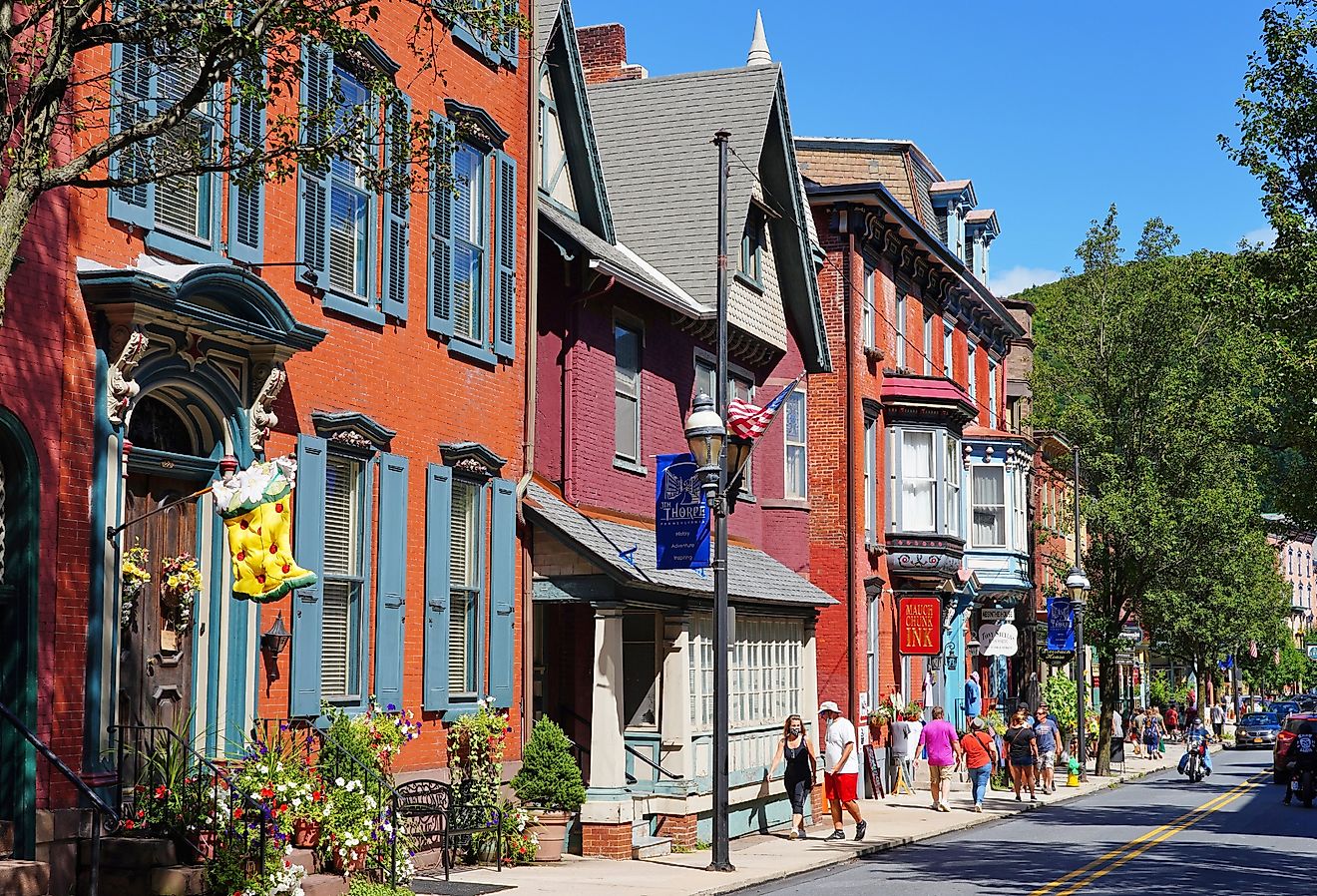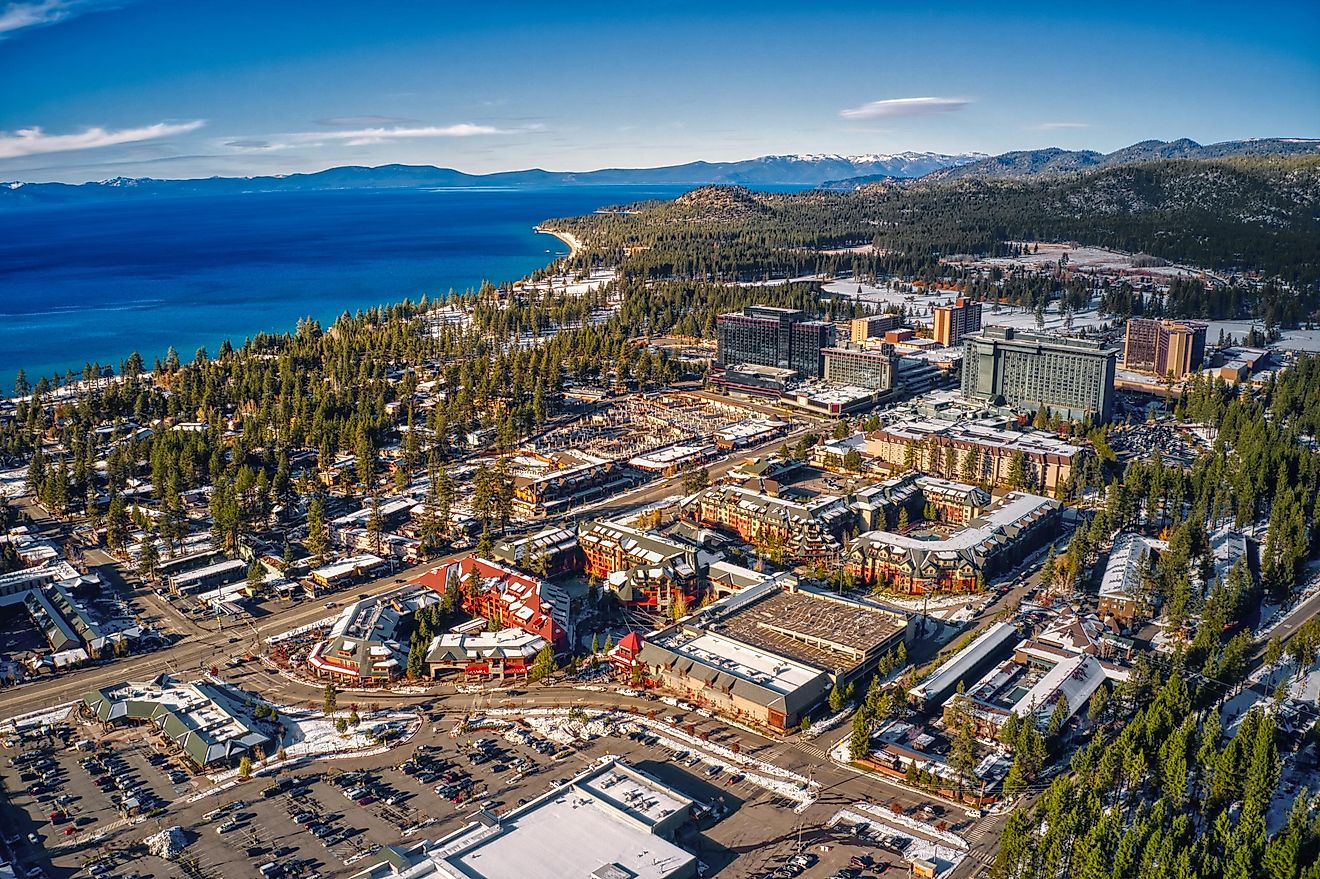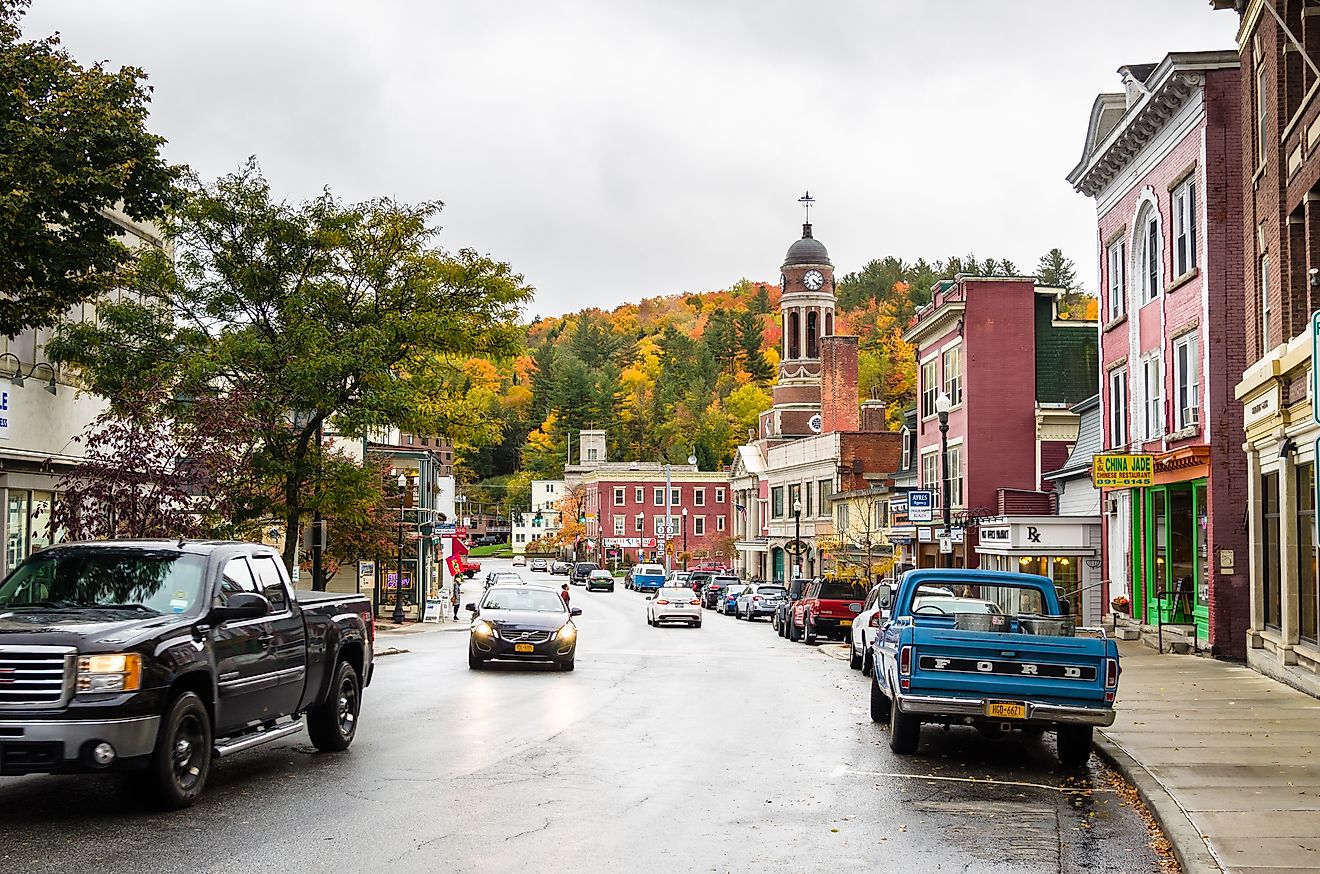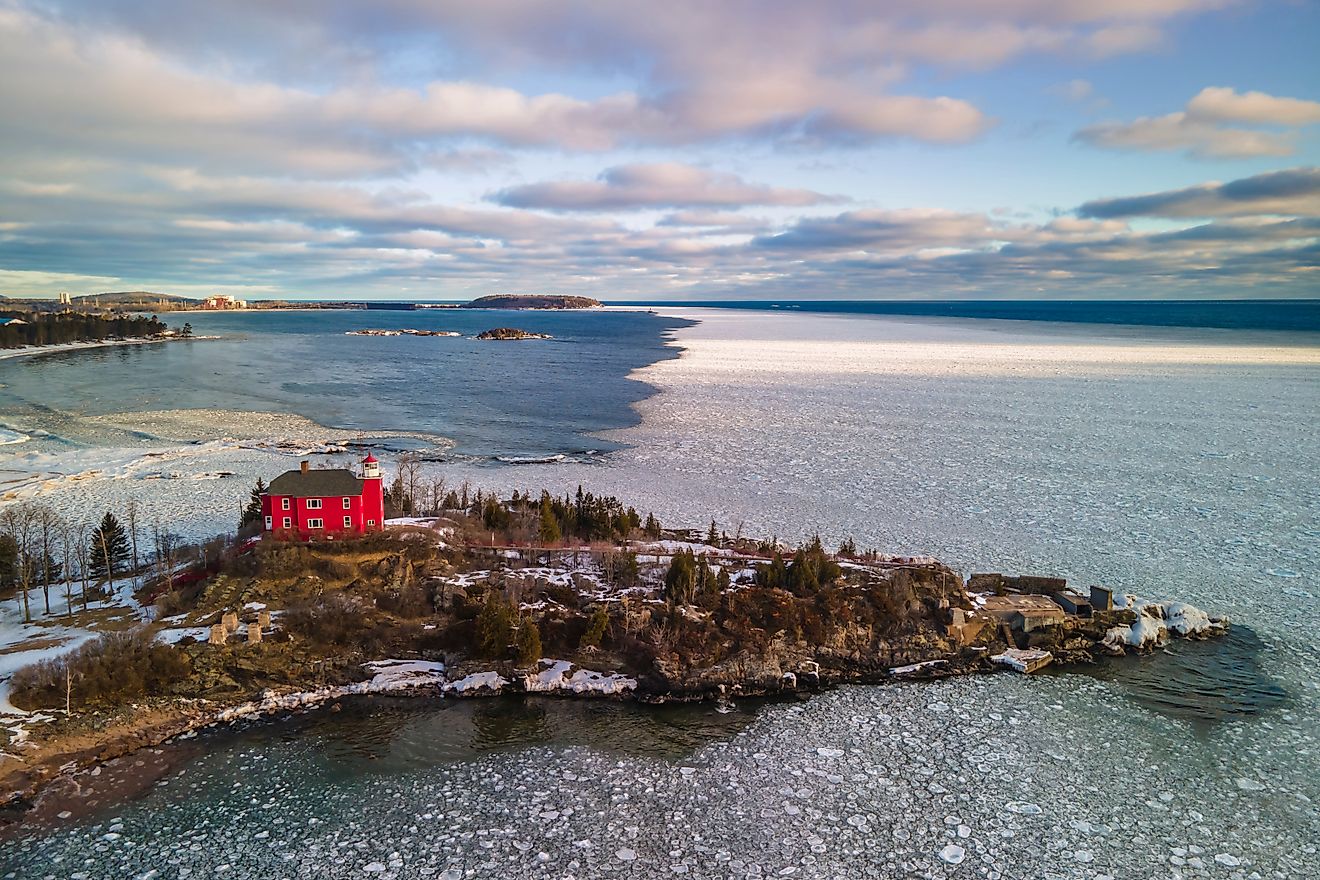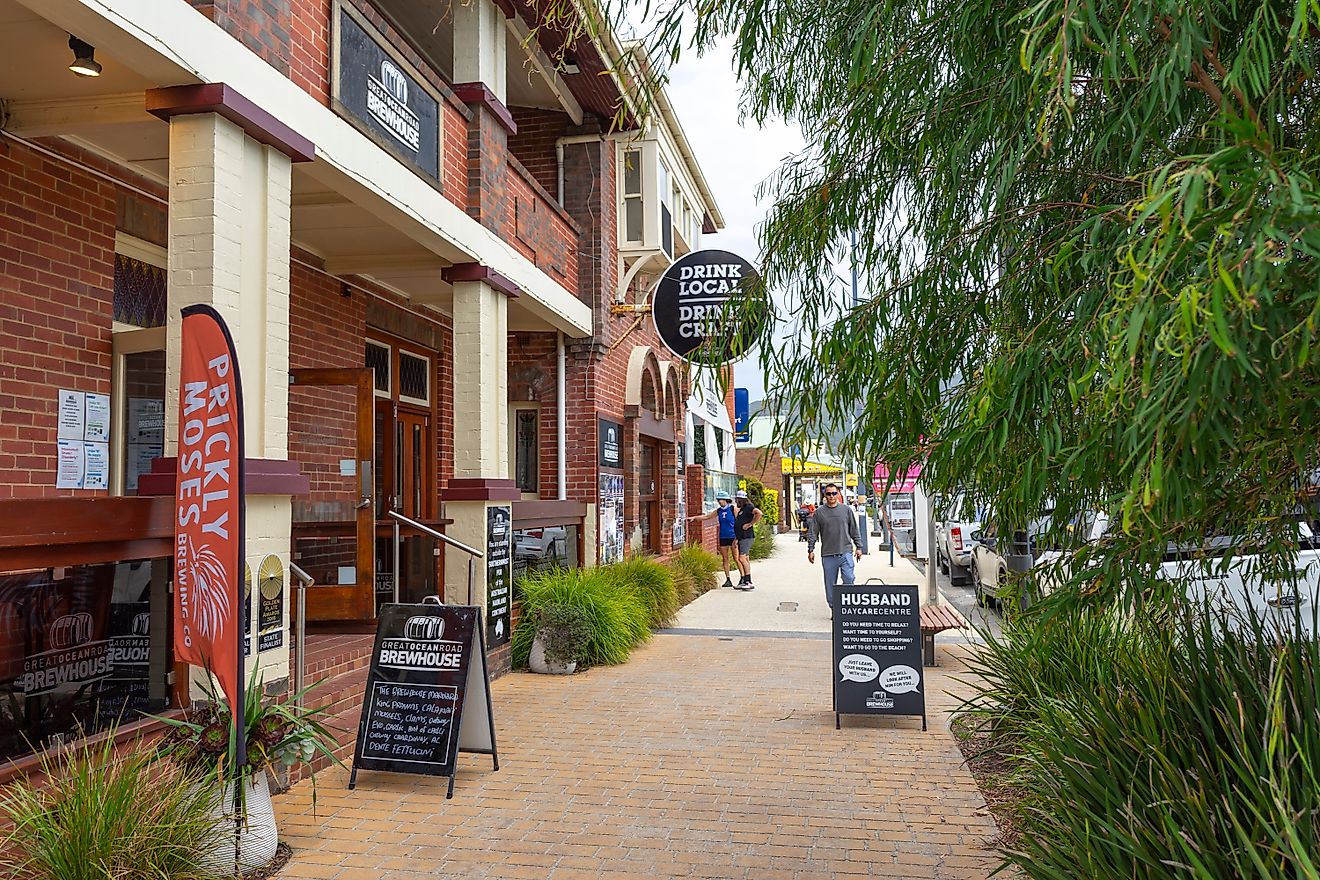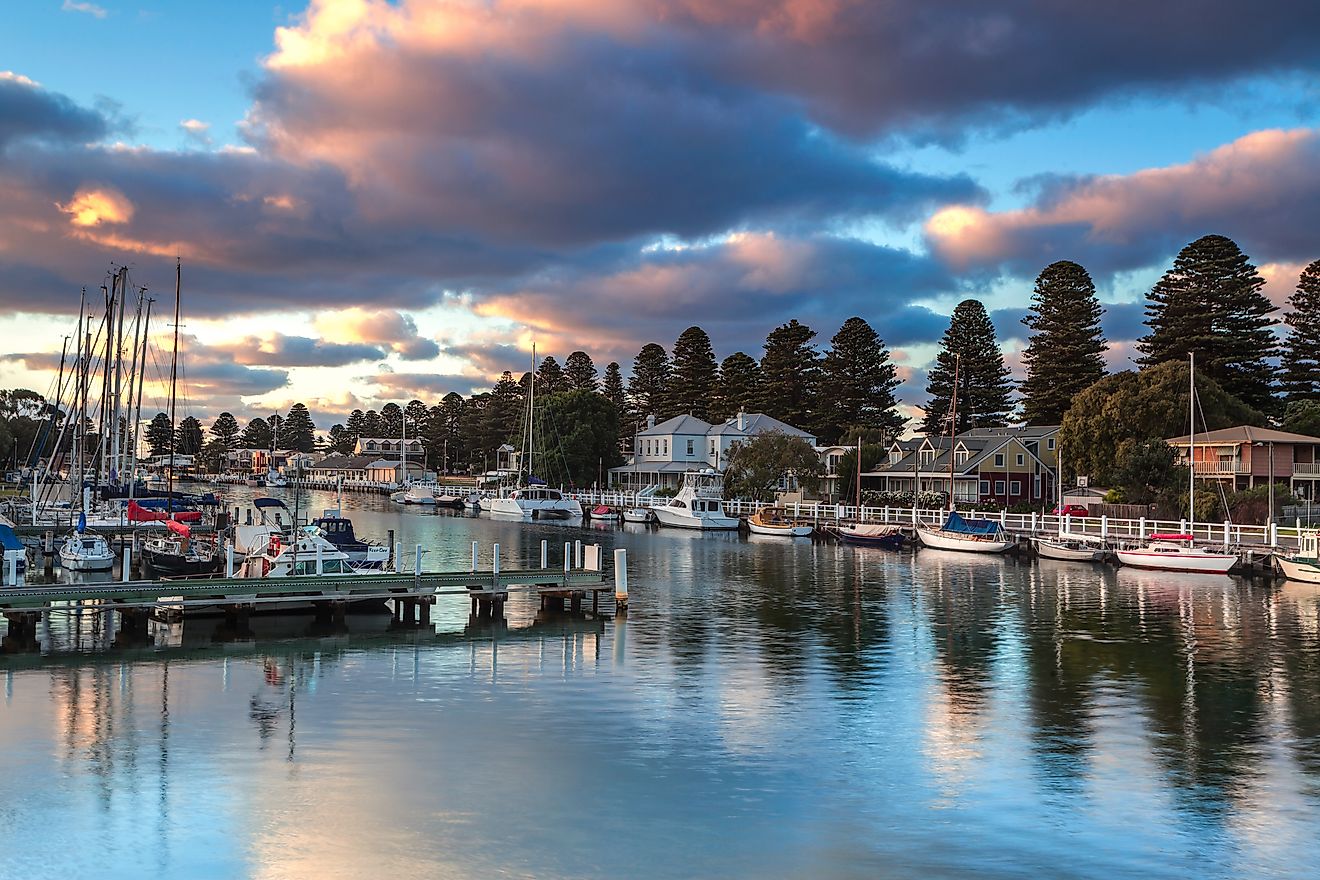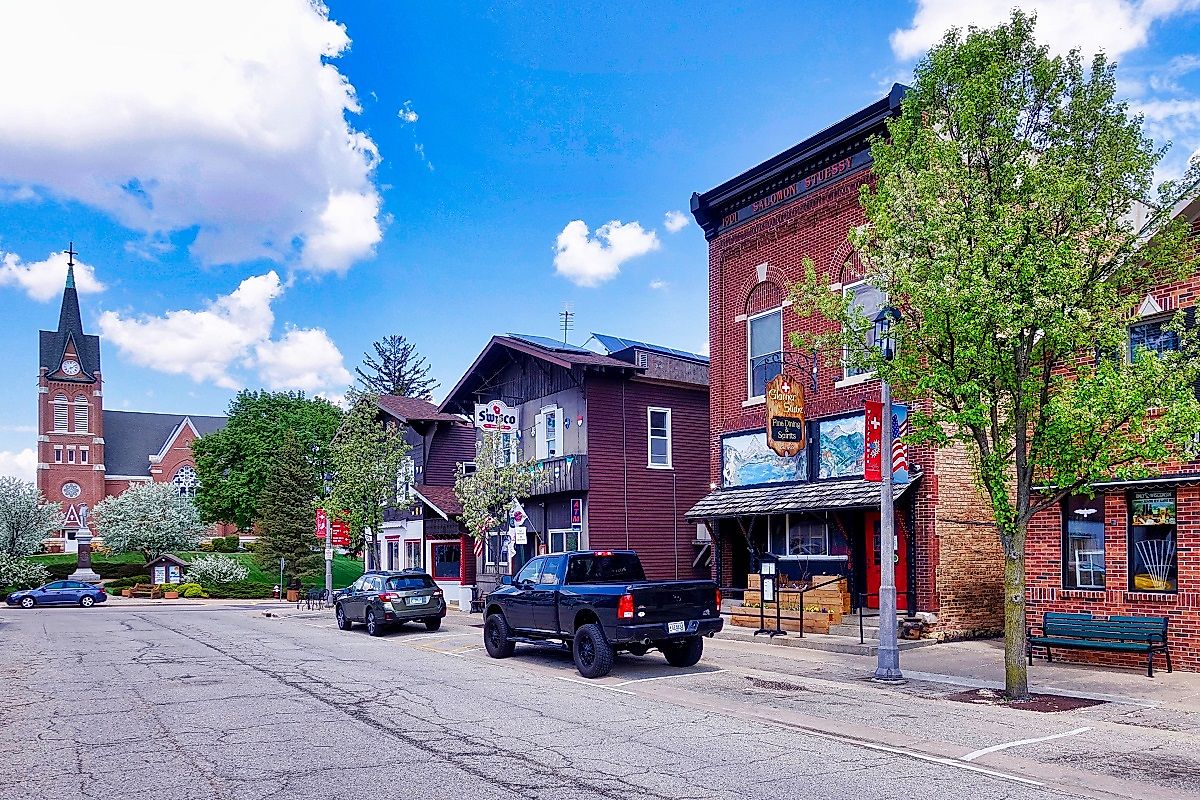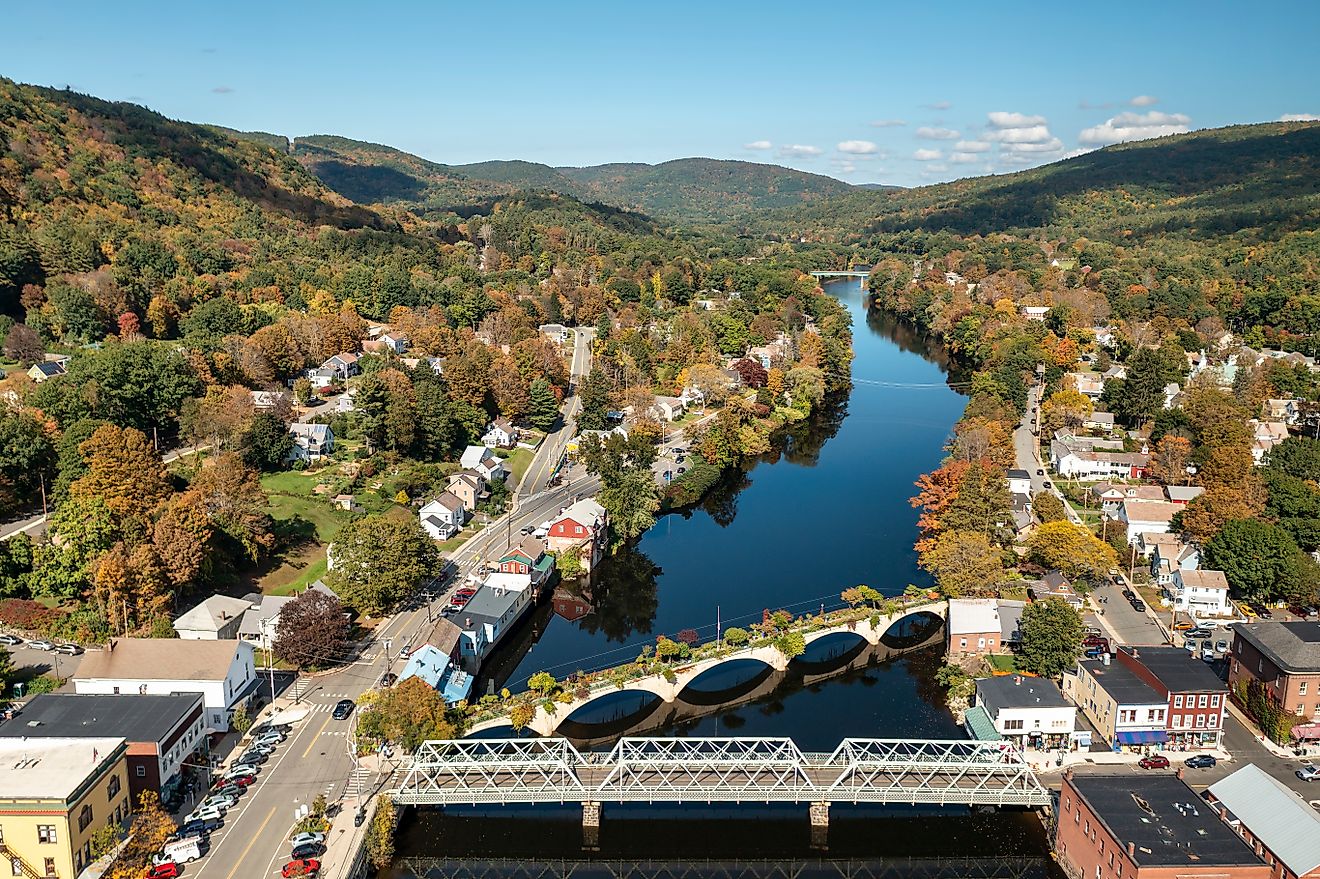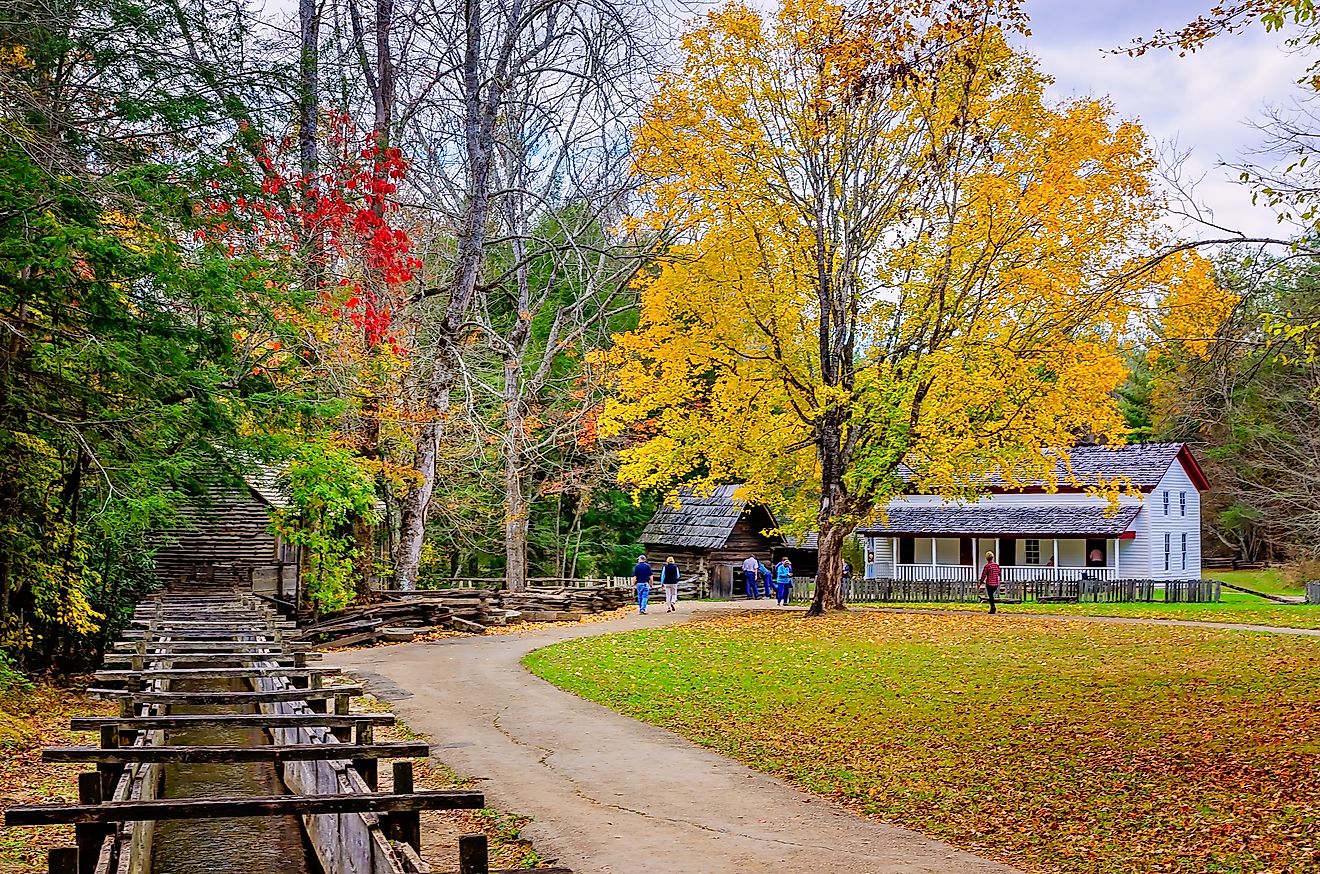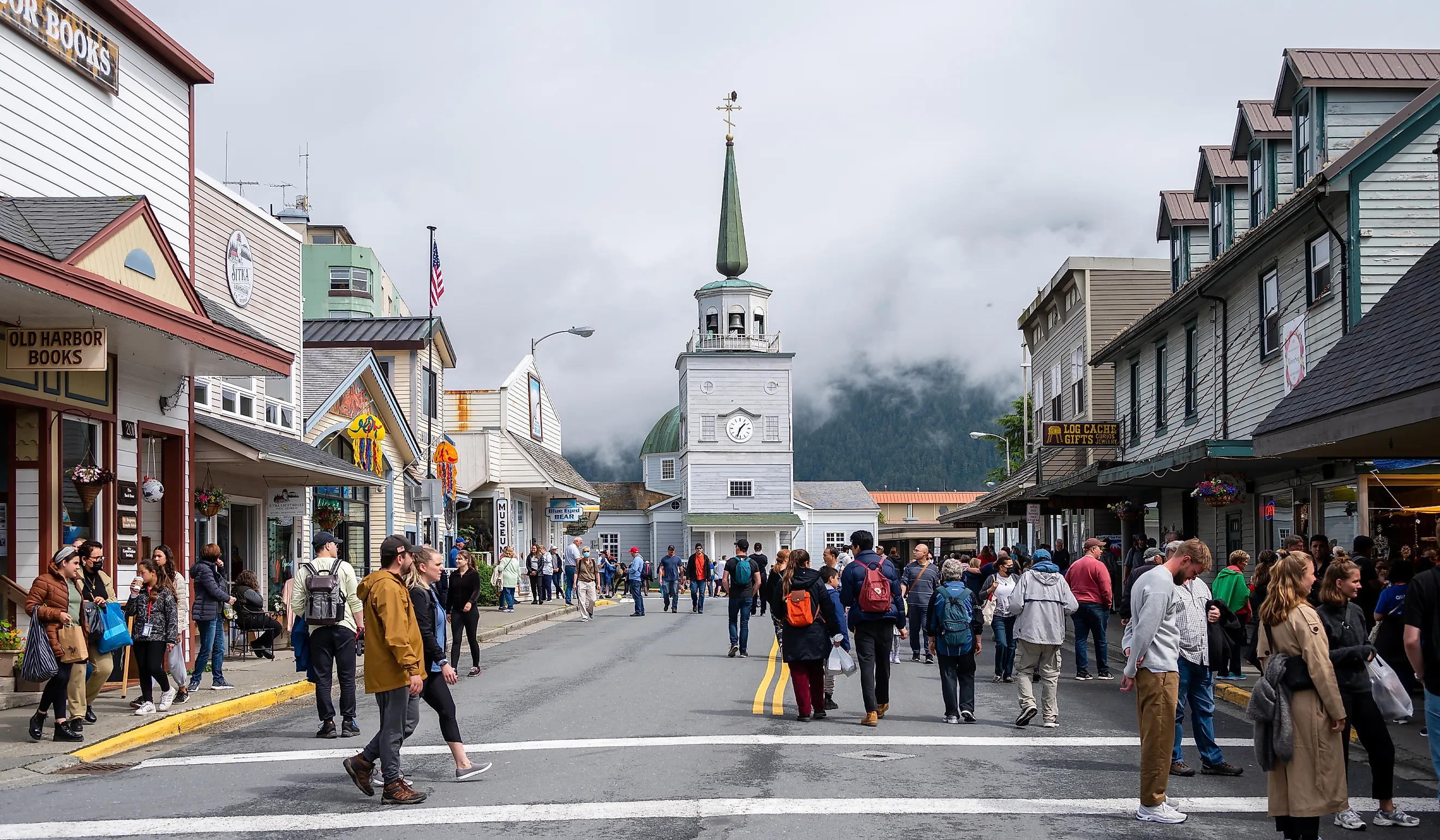
These 8 Towns In Alaska Were Ranked Among US Favorites In 2025
Alaska is the most remote state in the U.S., separated from the mainland by Canada, yet it continues to capture travelers’ imaginations with its rugged landscapes and unique communities. In 2025, eight small destinations across the state stood out in national travel rankings for their natural beauty, cultural heritage, and outdoor adventure opportunities. From fishing villages framed by glaciers to historic settlements shaped by Native Alaskan and Russian influence, these places highlight why life in the far north is as rich in tradition as it is in scenery.
Skagway
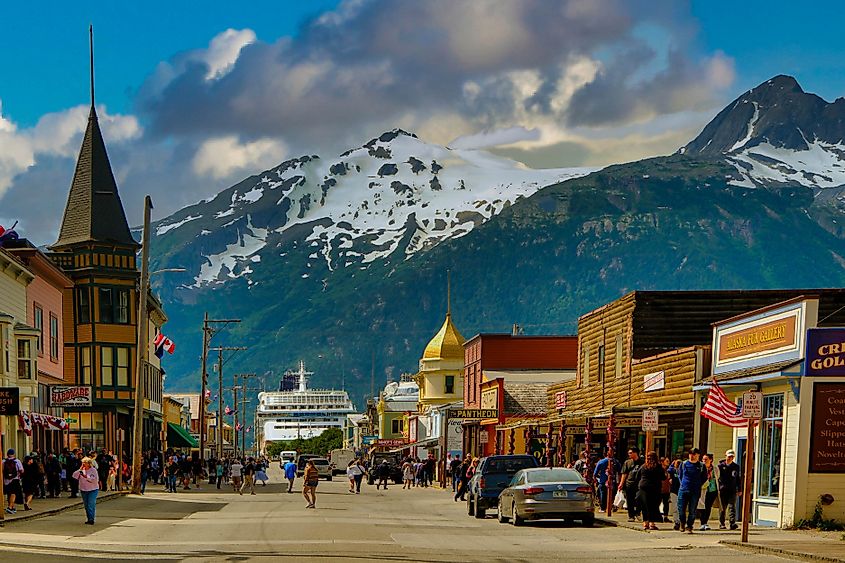
Skagway rose to fame during the Klondike Gold Rush of the late 1890s, when thousands of prospectors passed through on their way to Canada’s Yukon Territory. Today, it's preserved Broadway Street still showcases wooden boardwalks, frontier-style buildings, and landmarks like the Red Onion Saloon and Golden North Hotel, echoing the boomtown energy of its past. Guided tours and historic displays at the Klondike Gold Rush National Historical Park tell the story of how this small port became a gateway to fortune seekers.
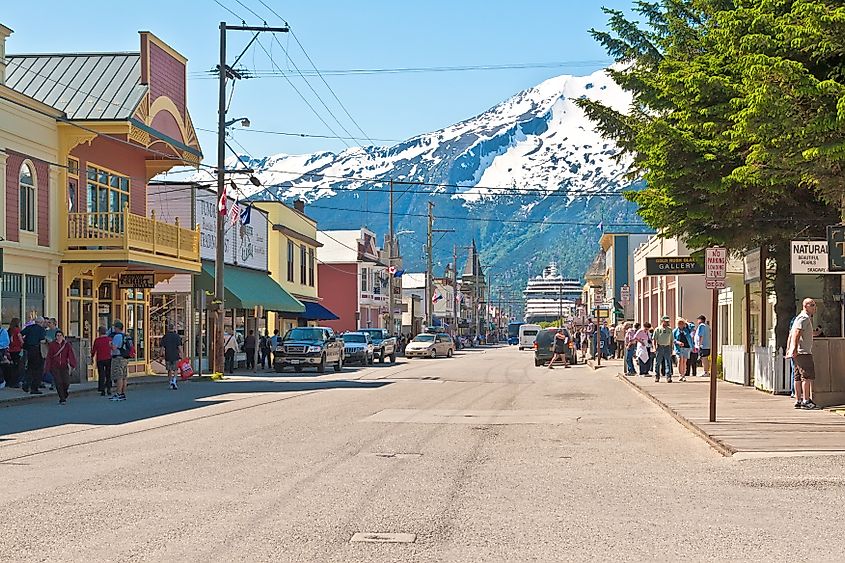
Beyond its history, Skagway is surrounded by dramatic scenery. The White Pass & Yukon Route Railroad carries visitors through steep mountain passes once traversed by miners, while the Chilkoot Trail remains a legendary hiking route. Outdoor enthusiasts can also explore Glacier Bay National Park or the waters of the Lynn Canal for kayaking and wildlife viewing, blending adventure with the echoes of history that still linger in this frontier community.
Kodiak
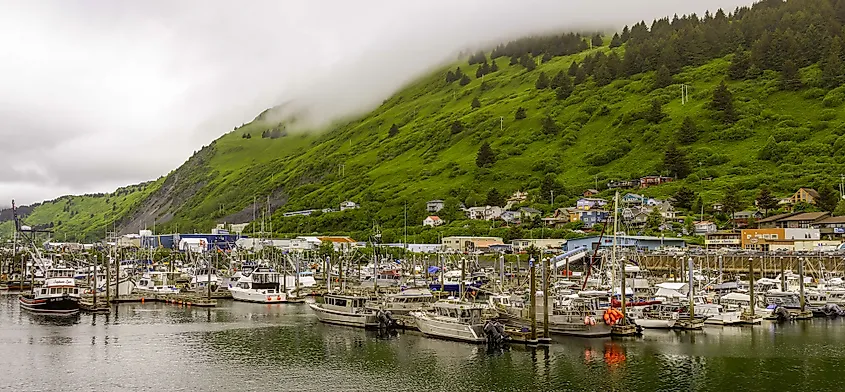
Kodiak, on Alaska’s largest island, holds a deep history as the first capital of Russian America before the territory was sold to the United States. The community still reflects its Russian and Alutiiq heritage through landmarks like the Kodiak History Museum and Alutiiq Museum, while the busy harbor continues to highlight its strong ties to commercial fishing and maritime life.
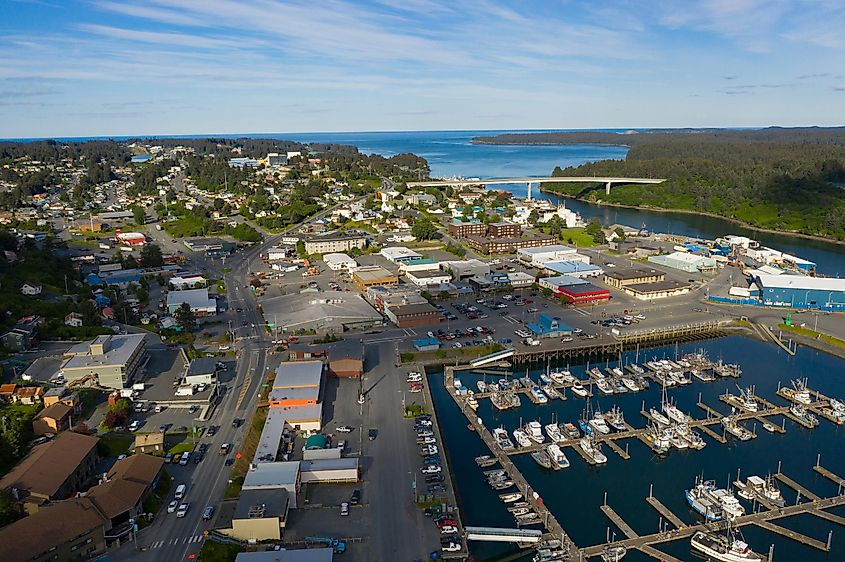
The island is equally famous for its wilderness. The Kodiak National Wildlife Refuge spans most of the land and is home to the massive Kodiak brown bear, along with salmon runs, forested trails, and fossil-rich beaches. Visitors often hike Pillar Mountain for sweeping views over the Gulf of Alaska, or join guided tours to safely experience the bears in their natural habitat.
Homer
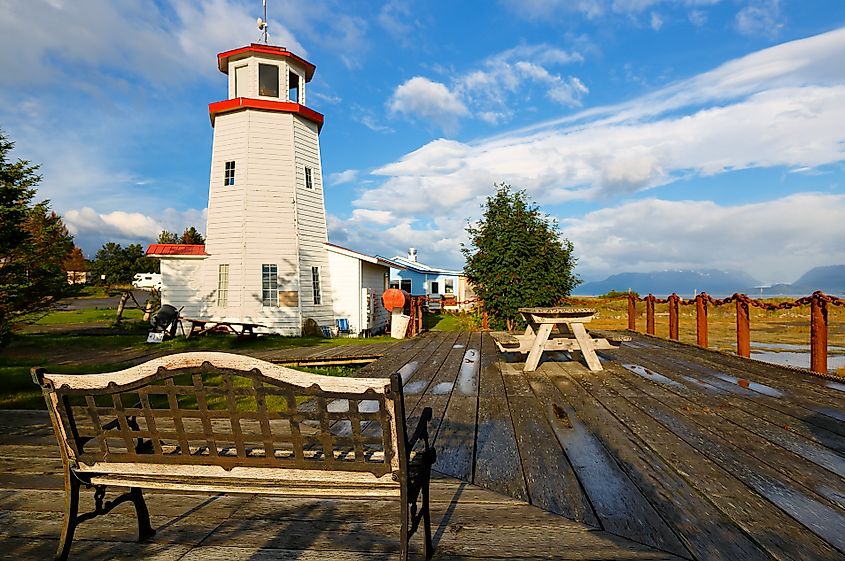
Homer sits where the Sterling Highway ends and Kachemak Bay begins, with the striking Homer Spit stretching 4.5 miles into the water. This narrow landform hosts the Homer Boat Harbor, campgrounds, shops, restaurants, and the quirky Salty Dawg Saloon, built from historic cabins. The Spit’s shifting sands and tidal influence have shaped much of Homer’s identity as “the end of the road.”
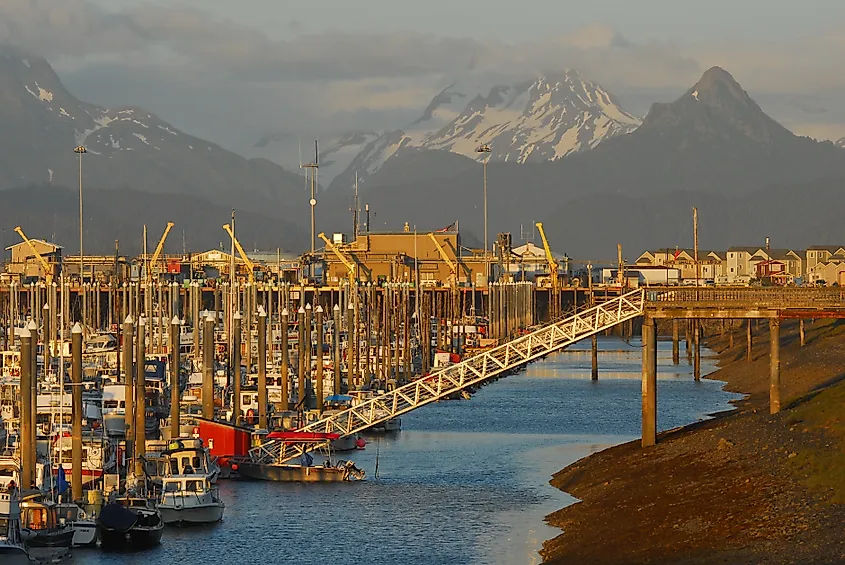
Despite its remote feel, Homer pulses with art and wildlife. The Pratt Museum interprets the human and natural stories of the region through exhibits and gardens. Nearby Kachemak Bay State Park, accessible only by boat or air, offers sprawling trails, glaciers, sea life, and hiking opportunities outside of town in 2025.
Sitka
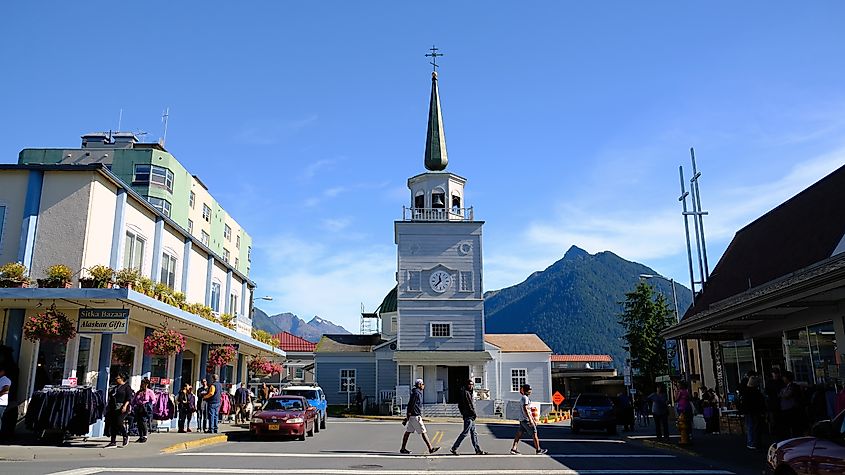
Sitka lies along the rugged coast of the Pacific in Southeast Alaska, stretching across Baranof Island and parts of Chichagof Island. It was once the capital of Russian America, and its past is still woven into the town’s character through historic sites like Baranof Castle State Historic Site, the Russian Bishop’s House, and St. Michael’s Cathedral. Today, the Sitka National Historical Park preserves Tlingit totem poles and honors the site of the 1804 Battle of Sitka, when the Tlingit first resisted Russian forces.
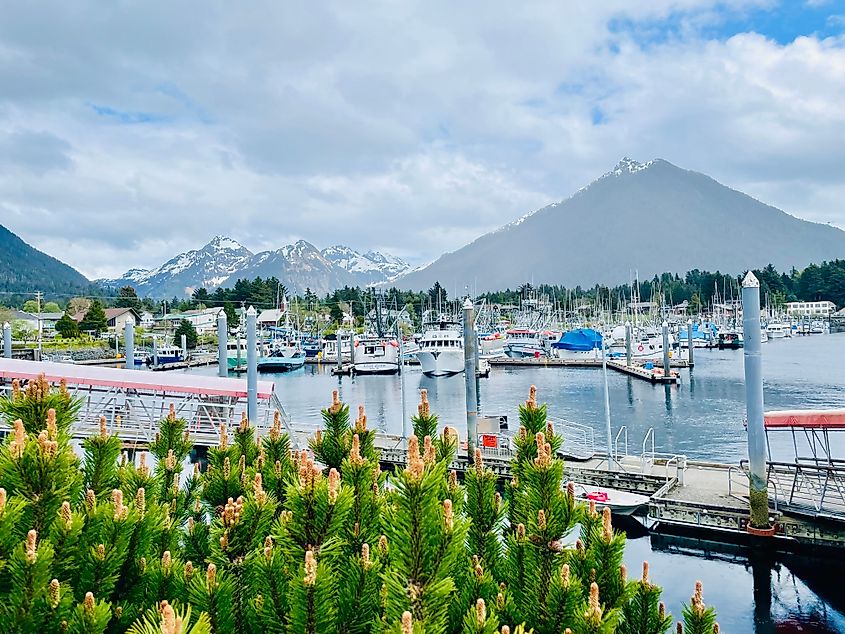
Nature and wildlife remain central to Sitka’s appeal. The Fortress of the Bear sanctuary offers an up-close view of brown and black bears rehabilitated in natural enclosure settings. Visitors can explore trails, museums, and cultural centers that celebrate both Indigenous and colonial history.
Valdez
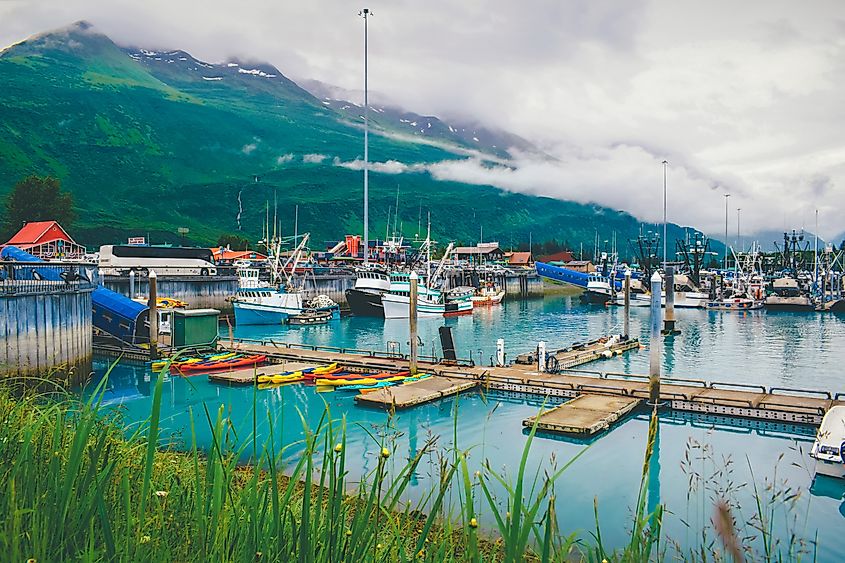
Valdez sits at the head of Prince William Sound, framed by fjords, waterfalls, and the snow-covered Chugach Mountains. Its dramatic scenery makes it one of Alaska’s most photogenic coastal areas, drawing visitors for kayaking, glacier cruises, and fishing. Trails like the Shoup Bay Trail and viewpoints near Horsetail Falls give easy access to the surrounding wilderness.
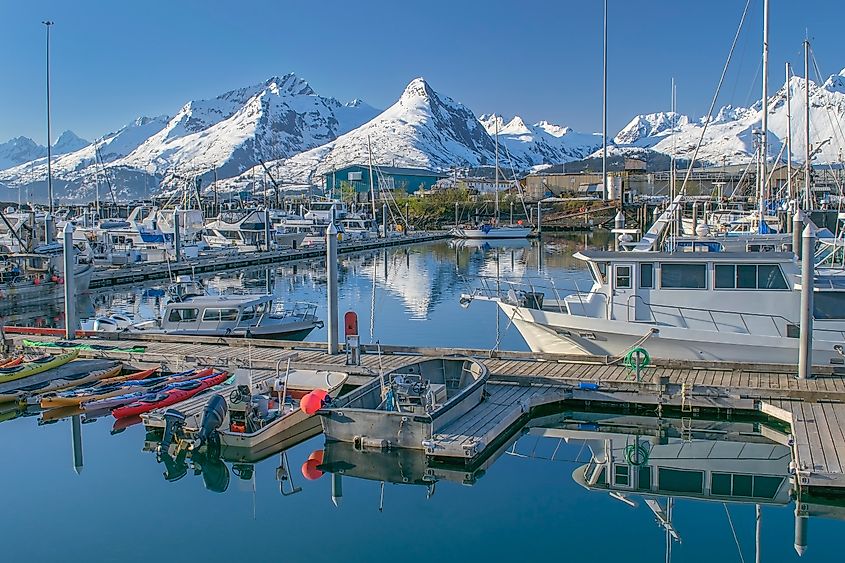
The hamlet also has a story of resilience. Much of old Valdez was destroyed in the 1964 Good Friday Earthquake, and visitors can still tour the Old Valdez Town Site to see remnants of that disaster. In 2025, events such as the Valdez Ice Climbing Festival and Gold Rush Days highlight its adventurous spirit, while the Richardson Highway offers one of the most scenic drives in Alaska.
Seward
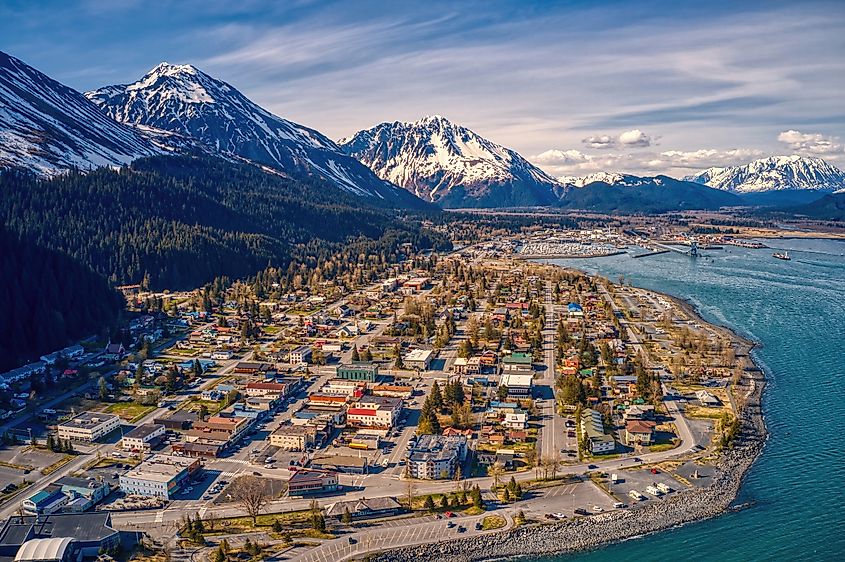
Seward is known as the gateway to Kenai Fjords National Park, where glaciers meet the sea and rugged cliffs rise over Resurrection Bay. Visitors often take boat tours from the small boat harbor to see tidewater glaciers, puffins, and whales, or hike the dramatic Harding Icefield Trail, which reveals sweeping views of more than 30 glaciers. For a closer and easier option, the accessible Exit Glacier offers a rare chance to walk near glacial ice.
The Alaska SeaLife Center educates visitors on local ecosystems and wildlife, while the Seward Museum shares stories of its early fishing and trading roots. Each August, the city hosts the Seward Silver Salmon Derby, one of the oldest and largest fishing derbies in the state, bringing together anglers from across Alaska.
Ketchikan
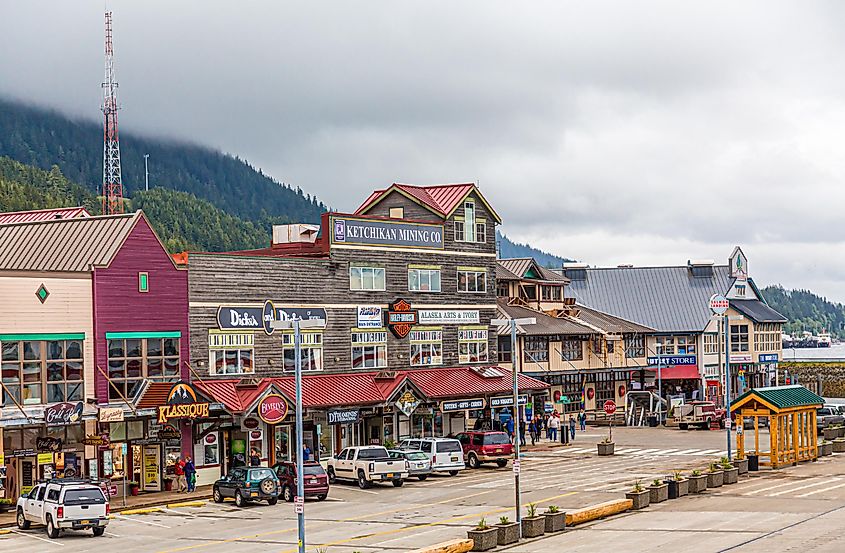
Ketchikan stretches along the Tongass Narrows in Southeast Alaska and is known for its colorful waterfront, built on stilts over the water at Creek Street. With frequent rainfall, it ranks among the rainiest cities in the United States, but the lush greenery it creates only adds to the town’s charm. Visitors can stroll the boardwalk shops, admire local art, and soak up the vibrant maritime character that has defined Ketchikan for generations.
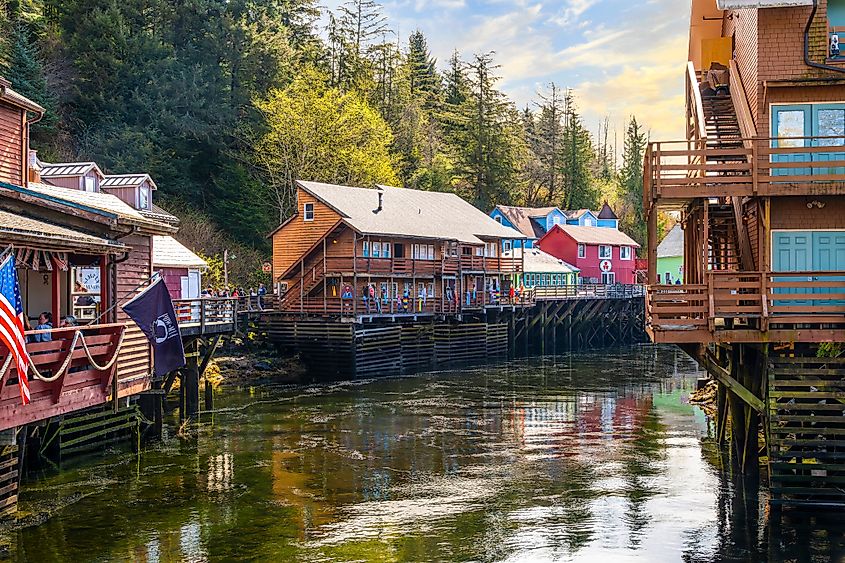
In 2025, the city is also recognized worldwide for its totem poles. Sites like Totem Bight State Historical Park and the Totem Heritage Center preserve towering works of Tlingit, Haida, and Tsimshian craftsmanship. For those craving adventure, the sprawling Tongass National Forest, the largest national forest in the country, offers trails, waterfalls, and wildlife-rich landscapes just minutes from the city.
Healy
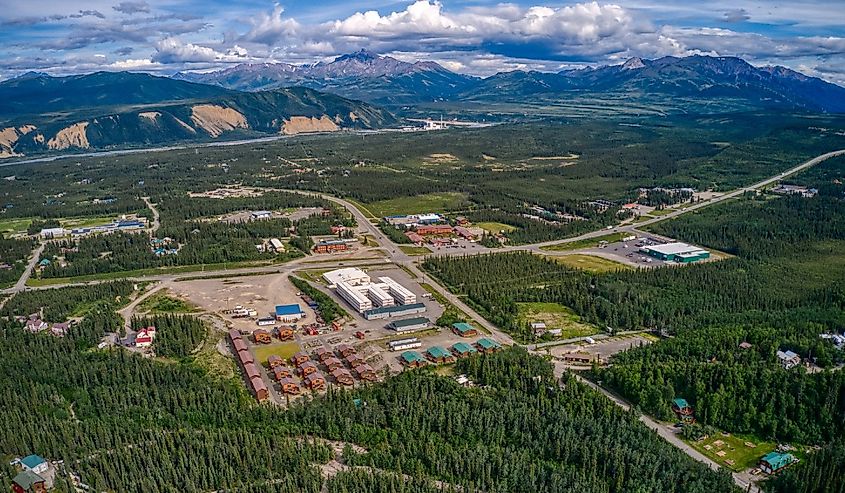
Healy is a small community in Interior Alaska, best known as a gateway to Denali National Park and Preserve. Just 11 miles north of the park entrance, it offers easy access to some of the most dramatic scenery in North America, from towering peaks to tundra valleys. Visitors often base themselves in Healy for park tours, wildlife viewing, and guided adventures into the Alaska Range.
Beyond its proximity to Denali, Healy has its own character shaped by coal mining history and outdoor recreation. The surrounding area features trails, fishing spots along the Nenana River, and opportunities for rafting or flightseeing. Its location on the George Parks Highway also makes it a convenient stop for travelers exploring the long stretch between Anchorage and Fairbanks.
Explore the Best of Alaska in 2025
From the rain-soaked boardwalks of Ketchikan to the glacier-carved bays of Seward, Alaska’s small communities offer experiences as diverse as the landscapes that surround them. Each place brings its own story: Russian heritage in Sitka, bear country in Kodiak, the artistic soul of Homer, or the rugged resilience of Valdez. Together, they highlight why Alaska remains one of the most captivating destinations in the United States.
Whether you are tracing history along Skagway’s Broadway Street, hiking near Denali from Healy, or setting out across the waters of Prince William Sound, these towns prove that the Last Frontier is as much about people and culture as it is about mountains and glaciers. In 2025, they continue to stand out not just as stops on a map, but as unforgettable places that define the spirit of Alaska.
